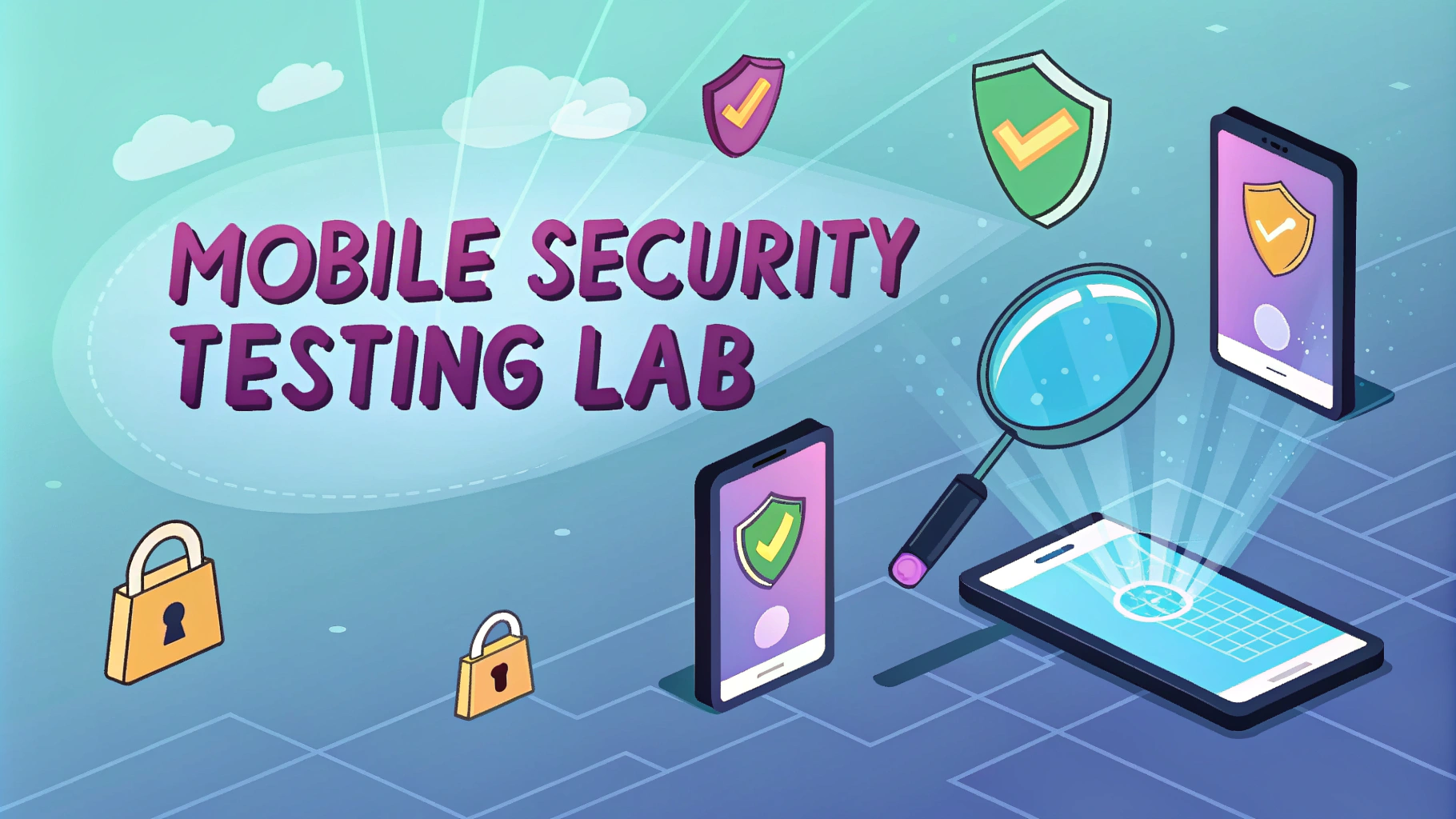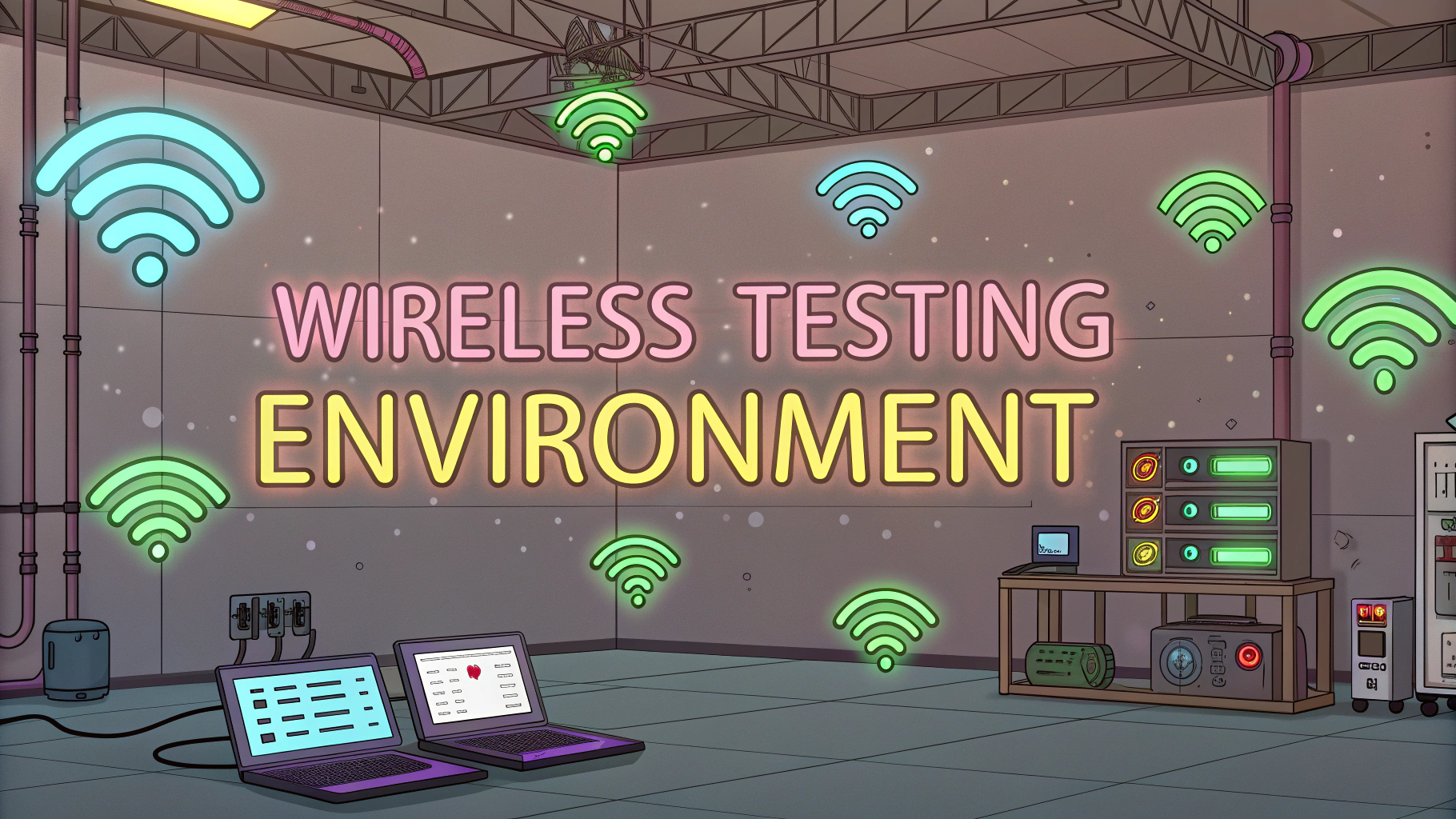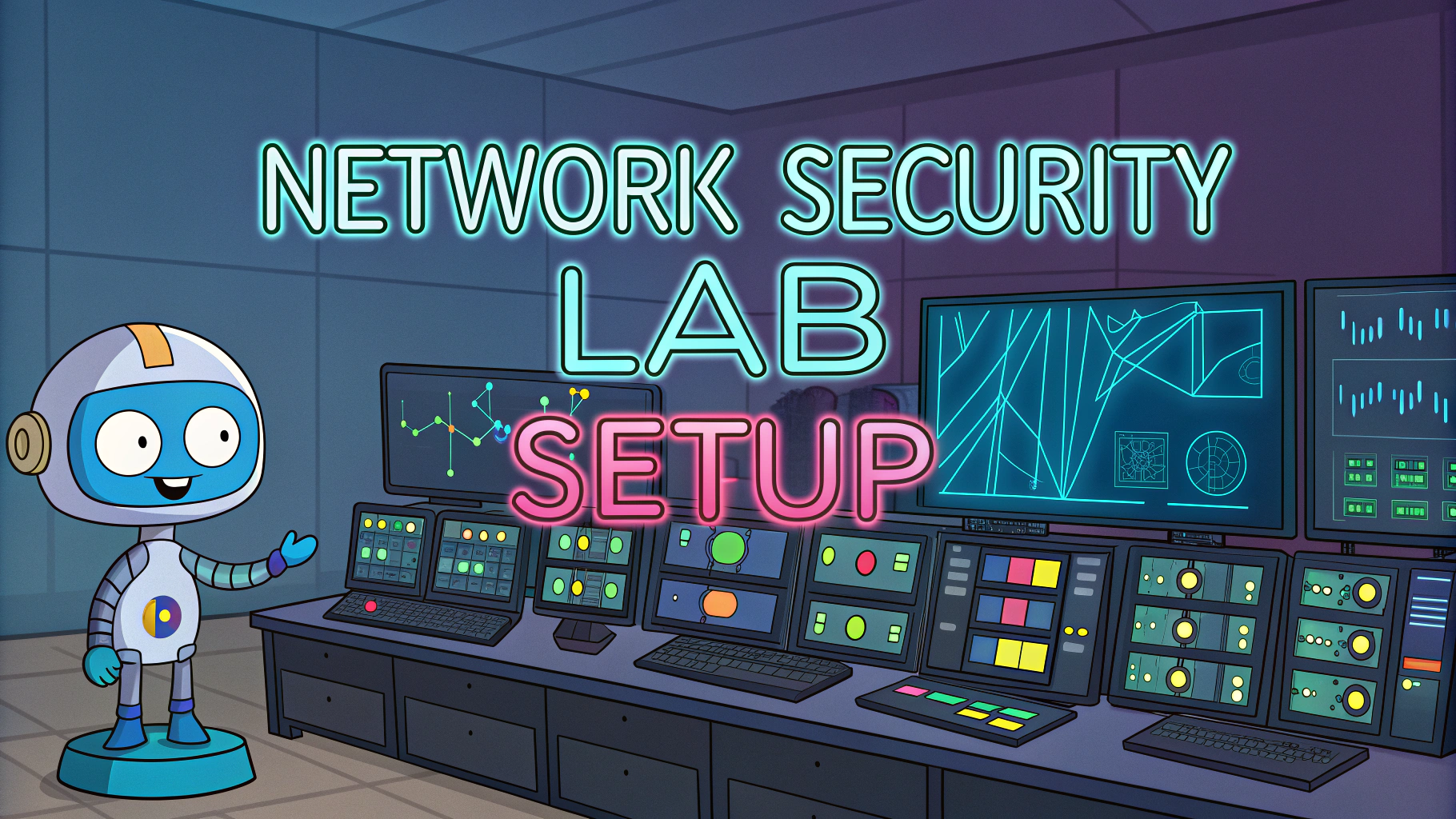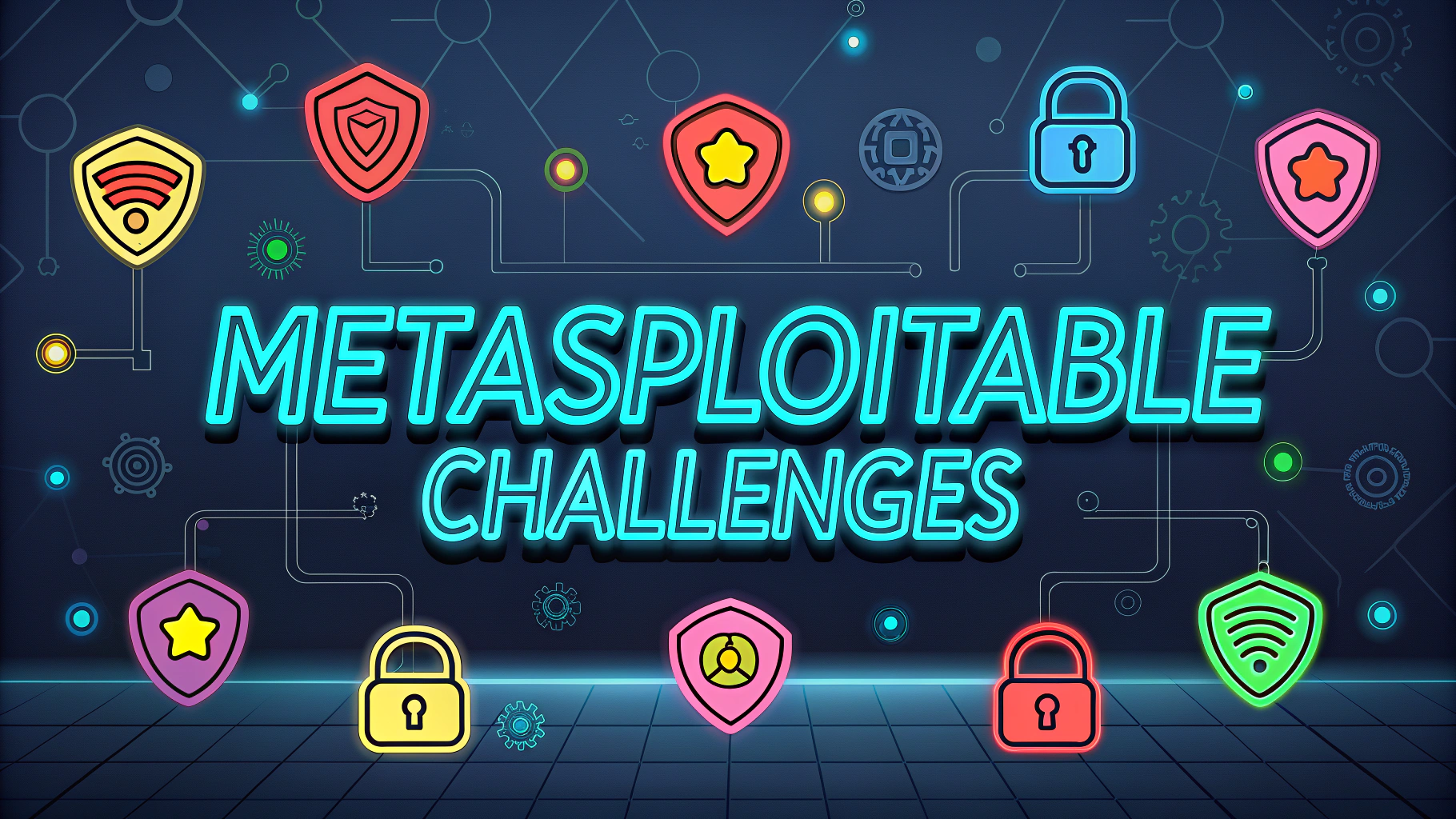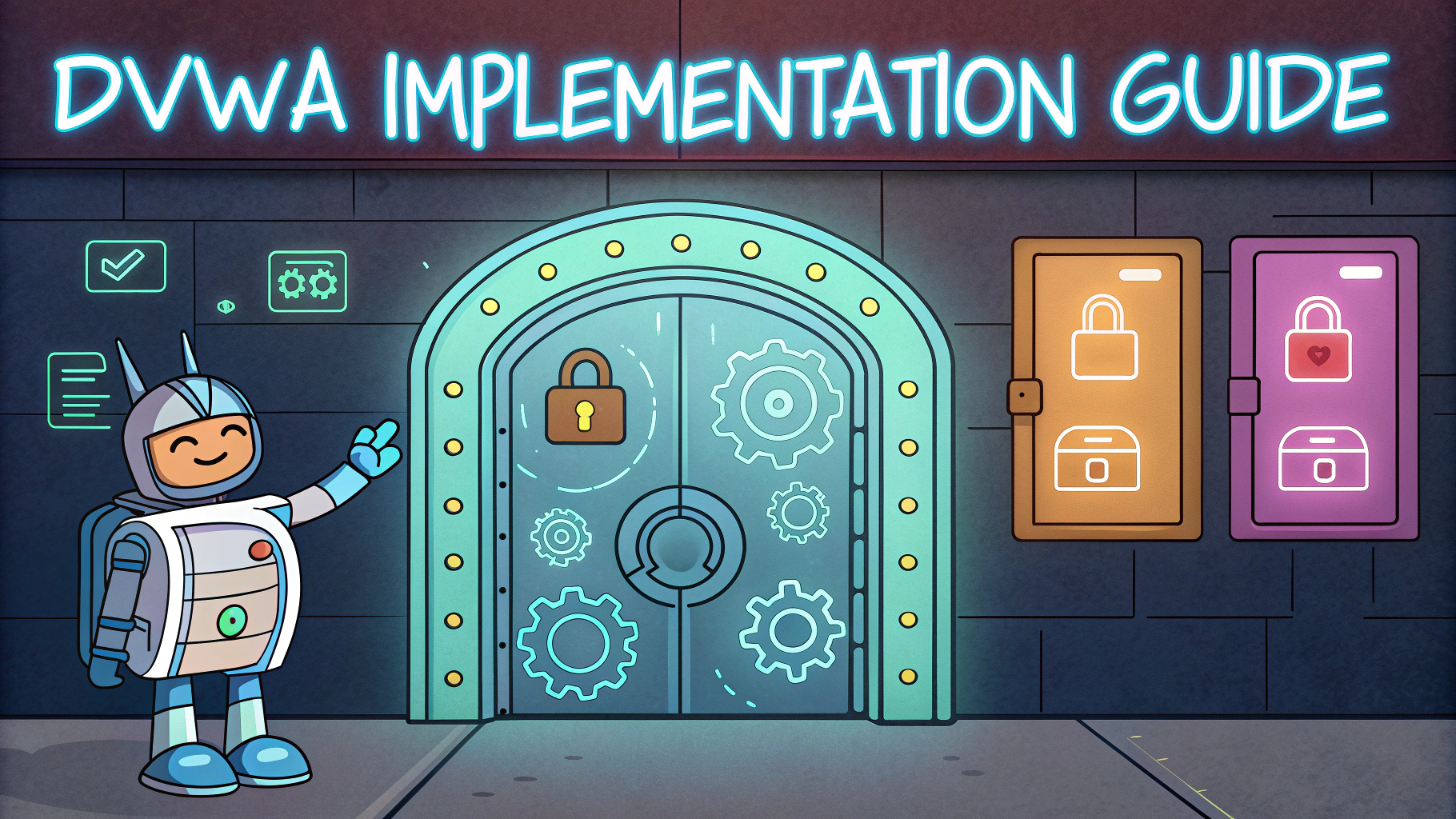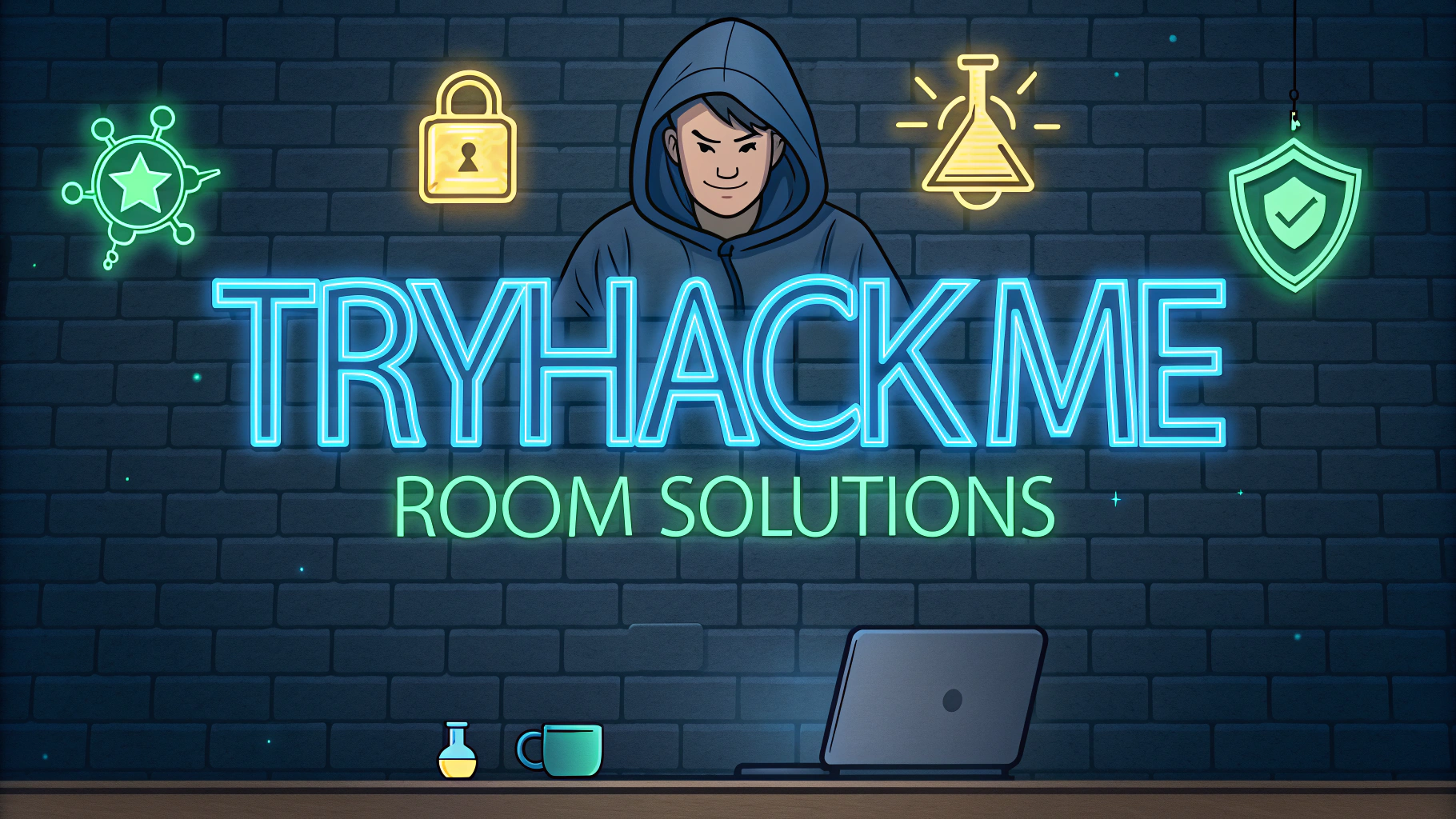The CREST certification represents one of the most recognized credentials in penetration testing and information security assessment.
Professional penetration testers seeking to demonstrate their technical skills and methodological knowledge can benefit significantly from CREST study resources and preparation materials.
This quick guide outlines key study materials, preparation strategies, and expert recommendations for candidates pursuing CREST certifications.
Core Study Materials
- Official CREST Documentation
- CREST Practitioner Security Analyst Syllabus
- CREST Registered Penetration Tester Notes
- CREST Certified Infrastructure Tester Guide
Technical Knowledge Areas
- Network Security
- TCP/IP protocols and networking fundamentals
- Common network attack vectors
- Network scanning and enumeration techniques
- Web Application Security
- OWASP Top 10 vulnerabilities
- Web application testing methodologies
- Authentication and session management
Practical Training Resources
- Online Labs
- HackTheBox (www.hackthebox.eu)
- TryHackMe (tryhackme.com)
- Vulnhub (www.vulnhub.com)
Exam Preparation Tips
- Practice Time Management
- Set up timed practice sessions
- Document findings efficiently
- Learn to prioritize vulnerabilities
- Tools Proficiency
- Nmap for network scanning
- Burp Suite for web application testing
- Metasploit Framework for exploitation
Additional Learning Resources
- Books
- “The Web Application Hacker’s Handbook”
- “Network Security Assessment”
- “Red Team Field Manual”
- Online Courses
- eLearnSecurity Penetration Testing courses
- Offensive Security training
- INE Security training platform
Next Steps After Certification
Connect with other CREST professionals through LinkedIn and industry forums to build your professional network.
Join local security meetups and conferences to stay updated with the latest penetration testing techniques and tools.
Consider pursuing advanced CREST certifications like CCT APP or CCT INF to specialize further in your career.
Contact CREST directly at [email protected] for the most current certification requirements and exam schedules.
Exam Day Preparation
- Physical Items
- Valid government-issued photo ID
- Confirmation email
- Basic stationery items
- Mental Preparation
- Get adequate rest the night before
- Arrive 30 minutes early
- Review key methodology steps
Documentation Skills
- Report Writing
- Clear vulnerability descriptions
- Impact assessment techniques
- Remediation recommendations
- Evidence Collection
- Screenshot documentation
- Command output logging
- Proof of concept development
Professional Development Path
- Career Progression
- Junior Penetration Tester to Team Lead
- Specialization opportunities
- Consulting roles and opportunities
- Continuous Learning
- Regular tool updates and practice
- Industry certification maintenance
- Research and development skills
Mastering the CREST Journey
Success in CREST certification requires dedication to continuous learning and practical experience. Focus on building a strong foundation in both technical skills and methodological approaches. Maintain professional connections and stay current with industry developments to ensure long-term career growth in penetration testing.
Remember that certification is just the beginning – ongoing practical experience and continuous skill development are essential for long-term success in the information security field.
FAQs
- What is CREST and why is it important for penetration testing?
CREST is an international not-for-profit accreditation and certification body that represents the technical information security industry. It provides internationally recognized certifications for penetration testers, ensuring high standards and professionalism in security testing services. - What are the main CREST certifications available for penetration testers?
The main certifications include CREST Practitioner Security Analyst (CPSA), CREST Registered Security Analyst (CRT), CREST Certified Security Consultant (CC), and CREST Certified Simulated Attack Specialist (CCSAS). - What study materials are officially provided by CREST?
CREST provides examination syllabuses, example questions, and technical workbooks that cover various aspects of penetration testing, including infrastructure testing, web application testing, and incident response. - How long does it typically take to prepare for CREST examinations?
Preparation time varies by certification level and individual experience. Entry-level CPSA typically requires 2-3 months of focused study, while advanced certifications like CRT or CC may require 6-12 months of preparation with hands-on experience. - What practical skills should I focus on when studying for CREST exams?
Focus on network infrastructure testing, web application security testing, detailed documentation practices, methodology understanding, common vulnerability identification, and exploitation techniques using industry-standard tools. - Are there any prerequisites for taking CREST examinations?
Yes, most CREST certifications have prerequisites. For example, CRT requires passing CPSA first, and CC requires passing CRT. Real-world experience is also typically required for higher-level certifications. - What tools should I be familiar with for CREST exam preparation?
Key tools include Burp Suite, Nmap, Metasploit, Wireshark, various Linux command-line tools, scripting languages (Python, Bash), and web testing frameworks. Familiarity with both manual and automated testing approaches is essential. - How are CREST examinations structured?
CREST exams typically consist of two parts: a written component testing theoretical knowledge and a practical component requiring hands-on demonstration of technical skills. The format and duration vary by certification level. - What is the validity period of CREST certifications?
CREST certifications are typically valid for three years. After this period, certificate holders need to recertify through examination or continuous professional development (CPD) points. - Are there any recommended practice environments for CREST preparation?
Yes, candidates should practice in lab environments like VulnHub, Hack The Box, OWASP WebGoat, and personal virtual lab setups using vulnerable machines and applications designed for security testing.

